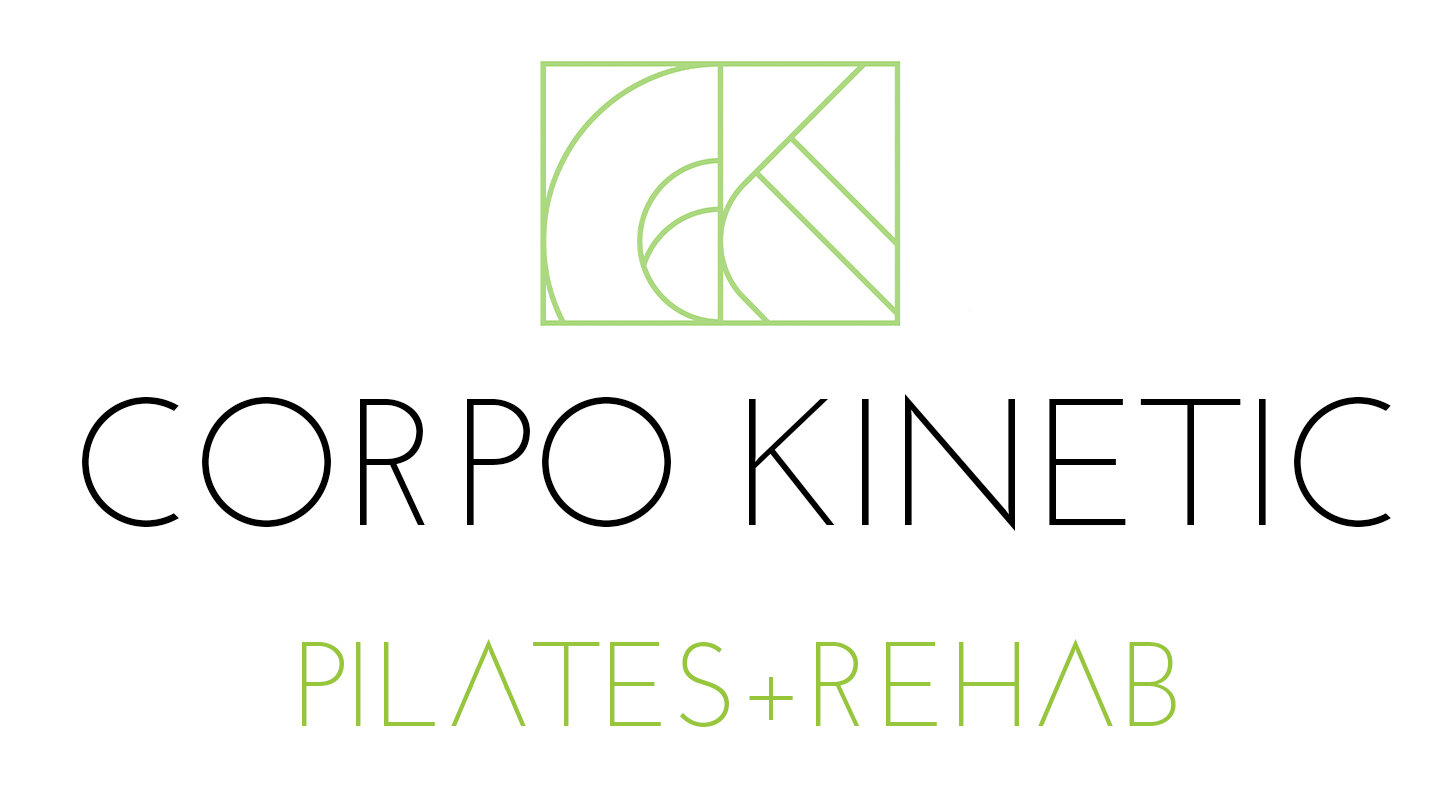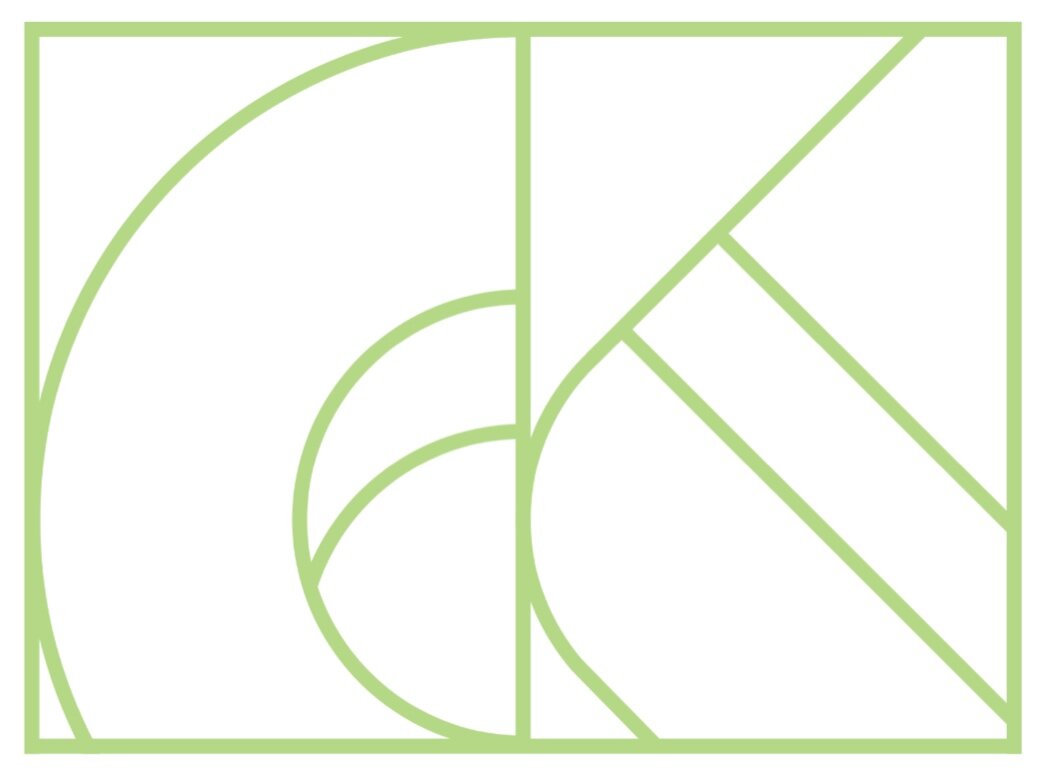How Your Pelvis Moves Your Neck
If you’ve been following our blog the last couple of months, you’ve seen how we work with computer posture in the neck and upper back, and how we work with tight hips and lower backs from sitting. And this month I’d like to let you in on a little secret: it’s all connected. The position of your pelvis will influence the position of your upper back and neck, and visa versa.
How the Spine Moves
The beauty of the spine is how it is built for complex movement and adaptation and, with rare exception, one part doesn’t move without response and adaptation from the rest.
The snake-like adaptable nature of the spine allows us to keep our balance, our eyes level with the horizon, and our bodies moving regardless of the terrain we’re on. For example - if you’re standing sideways on your sloped driveway holding your cup of coffee while you chat with your neighbor, your feet may be un-level, but just as you instinctively react in the joints of our wrist, elbow, and shoulder to keep the coffee level in the mug without much thought, your spine will adapt to keep your eyes level with the horizon. Without considering it, your spine has likely snaked sideways at the lower back in one direction, and then bent in the mid-back in the other direction to bring the ribs over the pelvis, and your able to continue your conversation with your neighbor and keep your coffee level in your mug without even being aware of all the amazing adaptations your spine has made for you. It’s pretty remarkable stuff.
So, without further, ado, let’s explore a few ways the position of the pelvis can affect that of the spine. Because we’re still getting requests for counter computer posture work, we’re going to focus on how the pelvis can contribute to the computer posture in the upper back, however just keep in mind: your brilliant spine may have a few tricks up its sleeve, and may not conform to the examples shown here.
Where Are Your Sitz Bones Pointing?
At the base of our pelvis, we have two bony landmarks which you may be able to feel when sitting on a hard surface. When we are sitting in a neutral pelvis, these two sitz bones are pointing straight down, and the pressure is on the middle of the sitz bones - not the front or them nor the back of them.
If you tip your pelvis forward so that your low belly protrudes and your low back arches, the sitz bones will be pointing slightly backwards towards the rear of the chair, and your weight will be more on the front aspect of the sitz bones. This is called an anterior tilt.
If you tip your pelvis backward so that your low back rounds, your sitz bones will be pointing more forward, towards the backs of your knees, and your weight will be on the back part of the sitz bones. This is called a posterior tilt.
Try this: Go ahead and tip your pelvis forward and backward, feeling the pressure change on your sitz bones, and feeling the low back arch as you tip forward, and curl as you tip back. And then see if you can notice what happens in your neck and shoulders as you go through that pelvic motion. Chances are, the neck and shoulders aren’t just floating above the pelvis, they’re responding.
Not sure how to move this way? Check out our video on a neutral standing pelvis, and then practice the movement sitting.
Posterior Pelvic Tilt
The most common way we see a sitting pelvis position increase computer posture in the neck and shoulders is in a posterior tilt. As the pelvis goes back, the body responds by sending the head forward as counterbalance. How incredible is that?! Our spine is balancing itself like a rockstar.
This is all excellent spinal adaptations. The problem arises when we spend 8 hours in that one position at which point your upper back, neck and shoulders may ache. You may go to our Counter Computer Posture blog and get some relief, but then the problem comes back. Why? Because if you continue to sit in a posterior pelvic tilt,your spine will continue to adapt to that position.
What can we do about it? Check where your pelvis is as you’re sitting! If you can keep the weight more centered on your sitz bones throughout your workday, you’ll be able to keep the benefits of the counter-computer posture work you’re doing in class or on your own. And, like magic, your upper back and neck may feel better for it!
Anterior Pelvic Tilt
Let’s think of the pelvis, ribs, and head as three blocks which are stacked vertically above each other in a neutral sitting spine. In the posterior pelvic tilt example, the blocks are sliding on each other, as the pelvis tips, it sends the ribcage back, and the head juts forward to counterbalance. In this anterior pelvic tilt example, the blocks are more or less staying stacked vertically, but compressing - resulting in exaggerated curves and scrunched spines.
Maintaining length against the continual force of gravity takes some muscular effort, and if our muscles don’t have enough resting tone and stamina to maintain the length our spines can “give into gravity.” This increases the amplitude of the curves in the lower back, upper back, and neck andis what I refer to as the “shrinking spine.”
The solution here? Teach your spine how to actively maintain length and build stamina in your postural muscles.
Strengthening in a neutral spine while you’re actively finding length does wonders here. If you’ve heard your instructor say in class “really reach your foot away from your hip! Go as far as you can! Can you go two more millimeters?” or a similar refrain, chances are they were helping you find length so you could strengthen in an unscrunched position. We love to make our clients taller!
Sitting With Crossed Legs
Thus far, we’ve looked at how the spine adapts in the front/back plane of movement, however spines are made to move in all planes of movement: front/back, side/side and rotational. Sitting with one leg over the other creates a lateral tilt and often slight rotation in the pelvis.
As we’ve seen above, as the pelvis moves, the spine adapts to keep our eyes forward. Especially if your eyes are forward at a computer screen all day, crossed legs can create torque up the spine resulting in one side of your neck being shorter/tighter than the other. If you’ve woken up with a crick in your neck, it may not be your pillow - it could be how you sat the day before!
Simple solution: uncross your legs and place your feet flat on the floor. Feel both sitz bones pointing straight down into your chair, hip bones facing forward. Notice if your ribcage is stacked over your hips, shoulders level, and both sides of the neck long and relaxed. Take five deep breaths, then sign up for class!
See you on the mat.
Let’s Move!
Book a group class or private session to use what you’ve learned:



